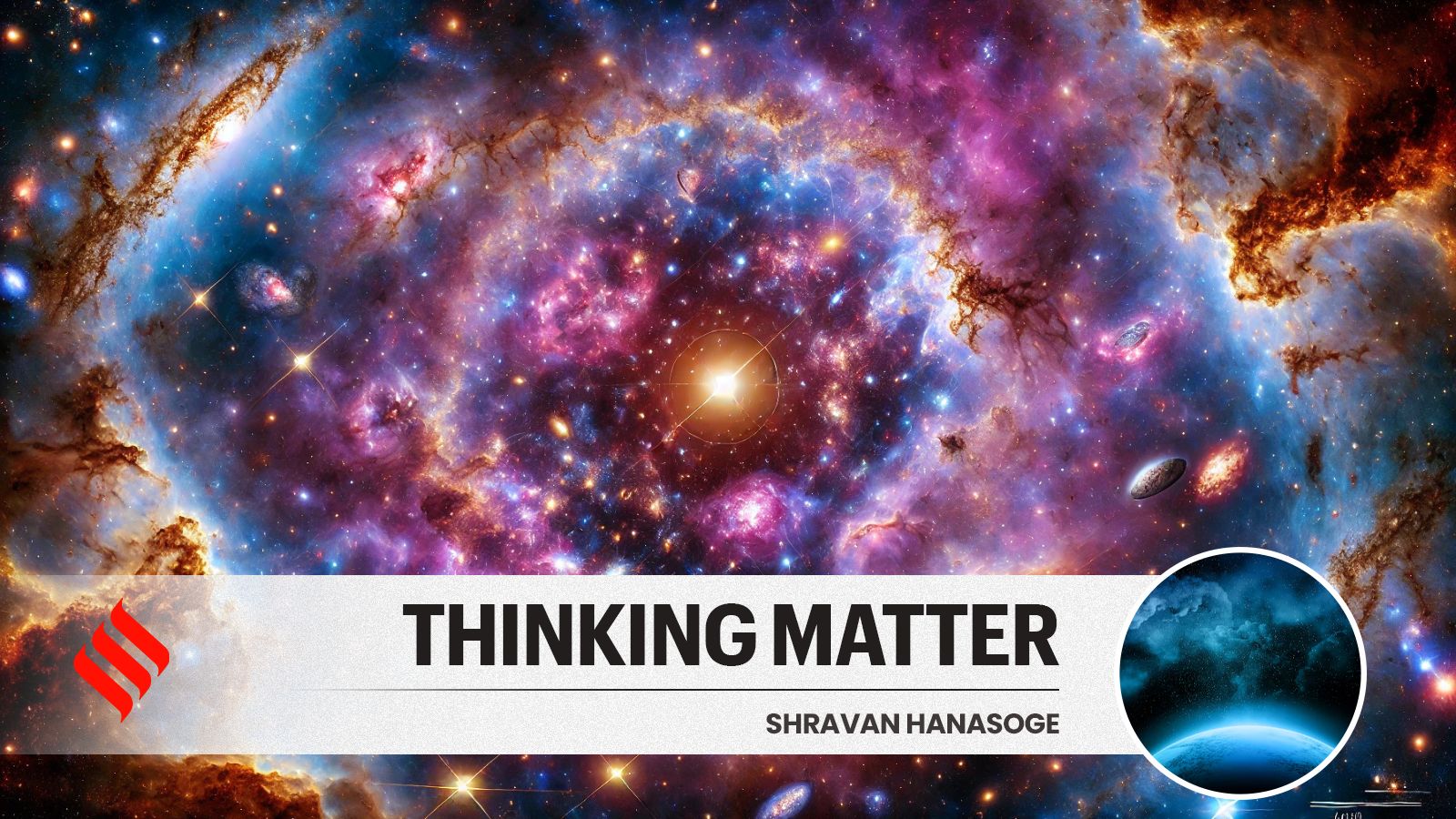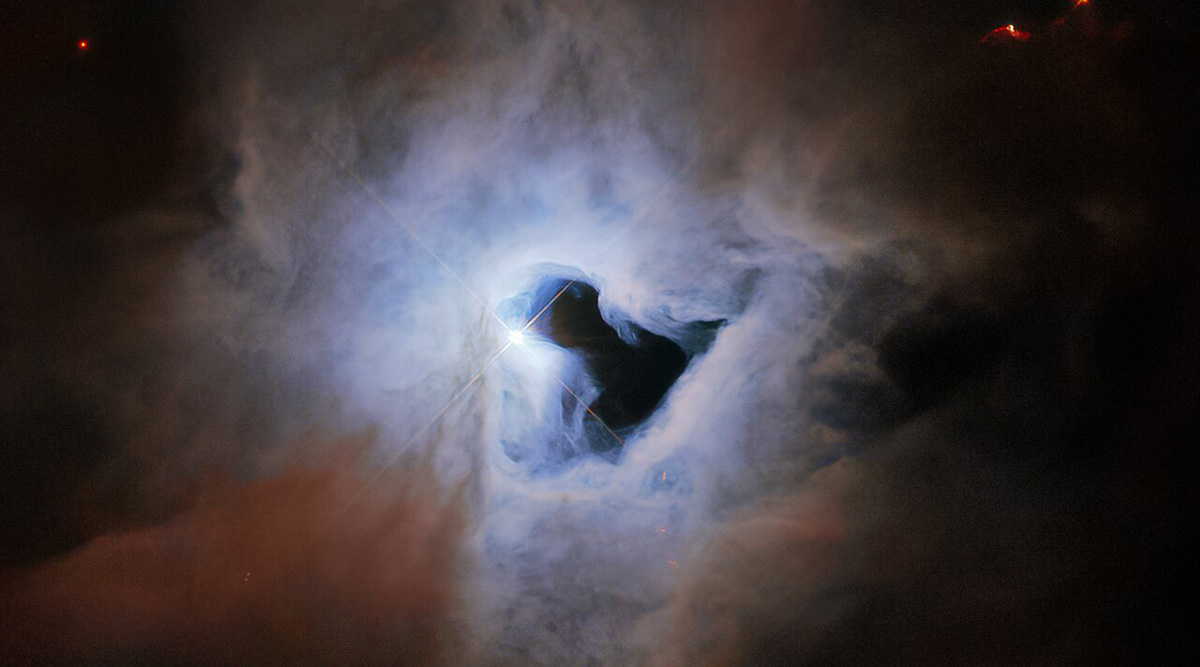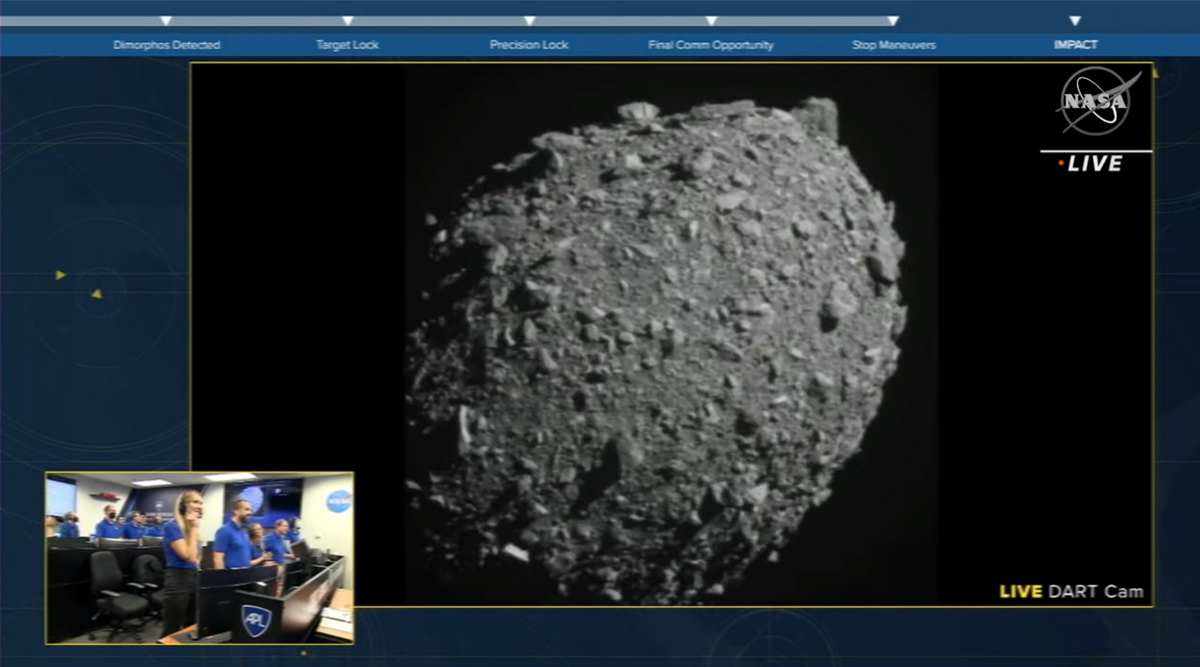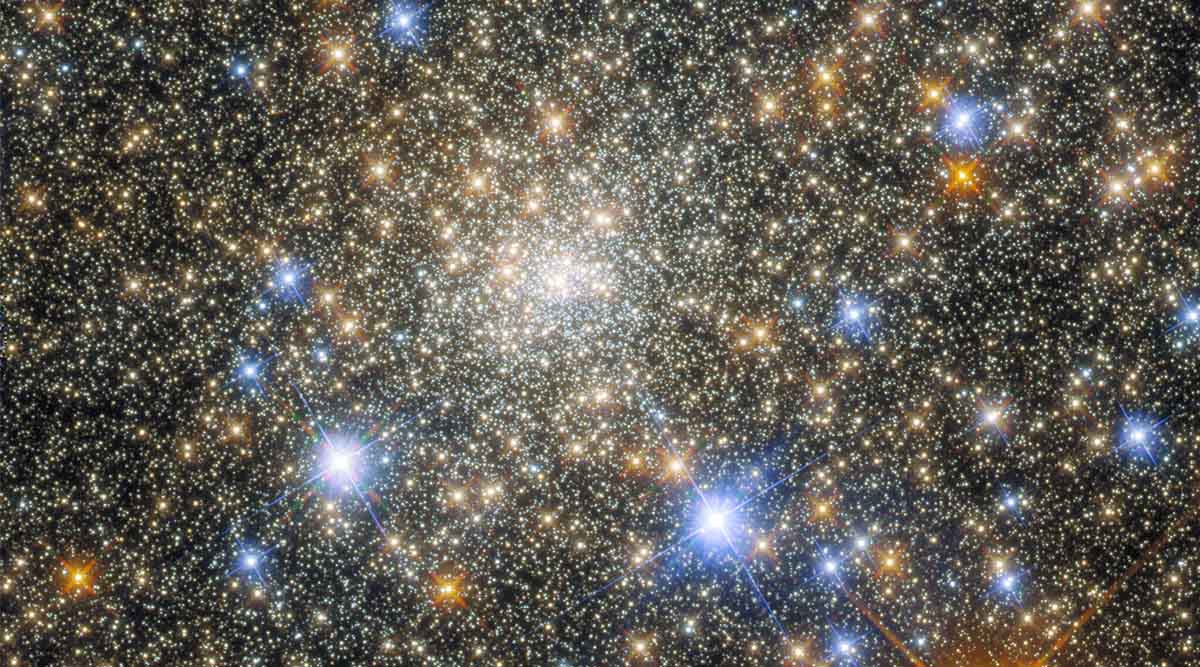After the Big Bang: How the first stars lit up our universe
In 1964, two radio engineers at Bell Labs, Arno Penzias and Robert Wilson, were trying to calibrate a sensitive antenna. They kept picking up an odd hiss of noise, no matter where they pointed the instrument. At first they blamed pigeons nesting in the dish. But when they ruled out all local interference, they realized […]
Continue Reading











